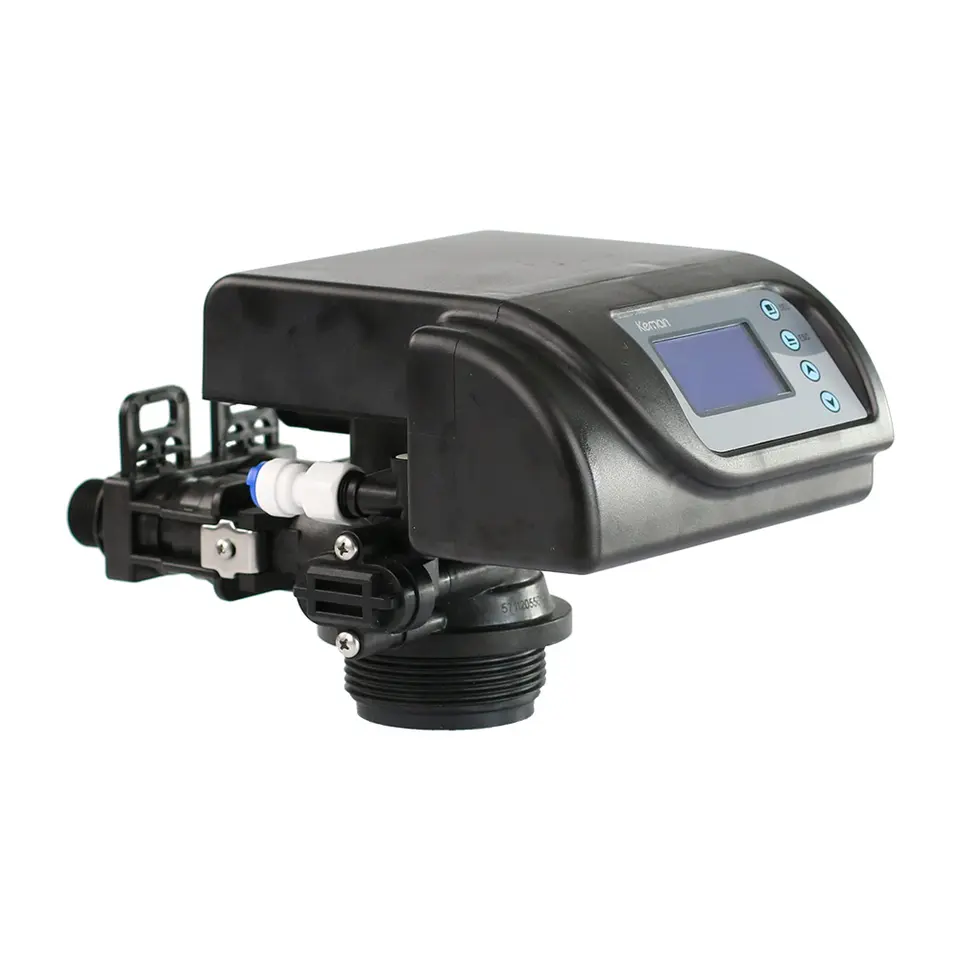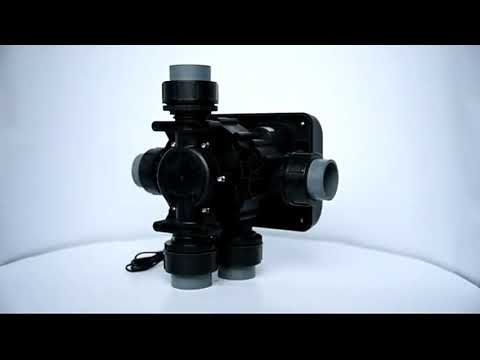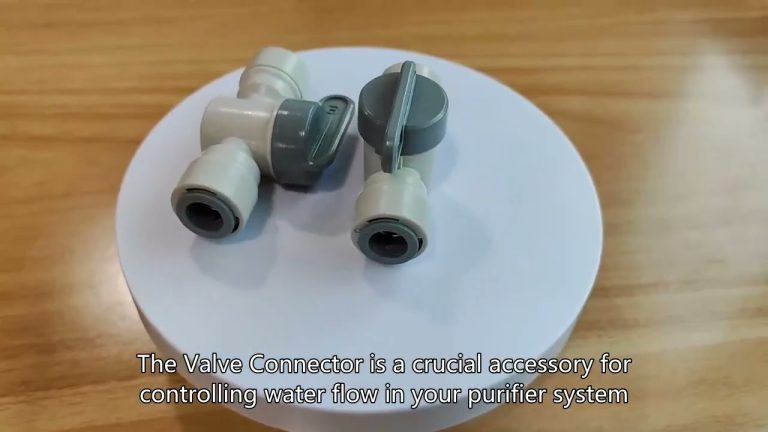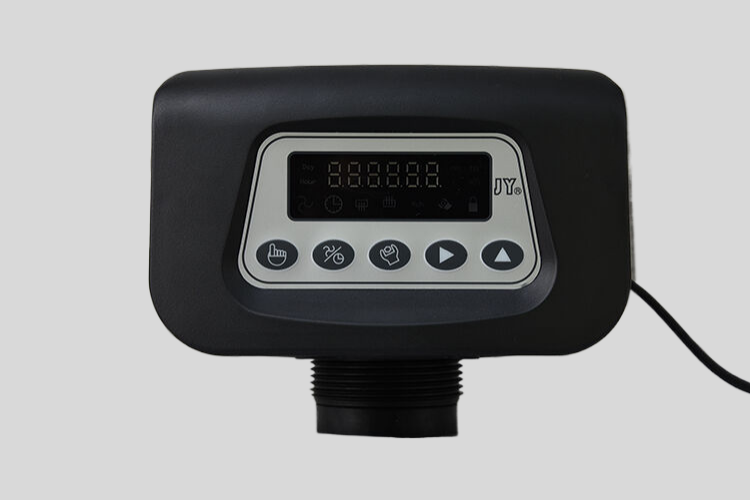“فتح التدفق: إتقان فن تثبيت الصمامات اللاصقة”
فهم أسباب التصاق الصمامات
فهم أسباب الصمامات اللاصقةيمكن أن تكون الصمامات اللاصقة مشكلة محبطة للعديد من الأشخاص، سواء كانوا يتعاملون مع محرك السيارة، أو آلة موسيقية، أو نظام السباكة. عندما تصبح الصمامات لزجة، فإنها يمكن أن تسبب مجموعة متنوعة من المشكلات، بما في ذلك انخفاض الأداء، والتسريبات، وحتى الفشل الكامل. لإصلاح الصمامات اللاصقة بشكل فعال، من الضروري فهم الأسباب الكامنة وراء هذه المشكلة. أحد الأسباب الشائعة للصمامات اللزجة هو تراكم الأوساخ والحطام. مع مرور الوقت، يمكن للصمامات أن تتراكم الأوساخ والغبار والجسيمات الأخرى التي تعيق عملها بسلاسة. يمكن أن يكون هذا التراكم مشكلة بشكل خاص في البيئات ذات المستويات العالية من التلوث أو الغبار. عندما تتراكم الأوساخ والحطام على أسطح الصمام، فإنها يمكن أن تتداخل مع قدرة الصمام على الفتح والإغلاق بشكل صحيح، مما يؤدي إلى اللزوجة.هناك سبب آخر للصمامات اللزجة وهو عدم كفاية التشحيم. تعتمد الصمامات على طبقة رقيقة من مادة التشحيم لتقليل الاحتكاك وضمان الحركة السلسة. ومع ذلك، إذا كان التشحيم غير كافٍ أو تدهور بمرور الوقت، فقد تصبح الصمامات لزجة. وينطبق هذا بشكل خاص في البيئات ذات درجات الحرارة المرتفعة حيث قد يتحلل زيت التشحيم بسرعة أكبر. بدون التشحيم المناسب، يمكن أن تحتك أسطح الصمامات ببعضها البعض، مما يؤدي إلى التصاقها وإعاقة عملها.
أحد الأسباب الشائعة للصمامات اللزجة هو تراكم الأوساخ والحطام. مع مرور الوقت، يمكن للصمامات أن تتراكم الأوساخ والغبار والجسيمات الأخرى التي تعيق عملها بسلاسة. يمكن أن يكون هذا التراكم مشكلة بشكل خاص في البيئات ذات المستويات العالية من التلوث أو الغبار. عندما تتراكم الأوساخ والحطام على أسطح الصمام، فإنها يمكن أن تتداخل مع قدرة الصمام على الفتح والإغلاق بشكل صحيح، مما يؤدي إلى اللزوجة.هناك سبب آخر للصمامات اللزجة وهو عدم كفاية التشحيم. تعتمد الصمامات على طبقة رقيقة من مادة التشحيم لتقليل الاحتكاك وضمان الحركة السلسة. ومع ذلك، إذا كان التشحيم غير كافٍ أو تدهور بمرور الوقت، فقد تصبح الصمامات لزجة. وينطبق هذا بشكل خاص في البيئات ذات درجات الحرارة المرتفعة حيث قد يتحلل زيت التشحيم بسرعة أكبر. بدون التشحيم المناسب، يمكن أن تحتك أسطح الصمامات ببعضها البعض، مما يؤدي إلى التصاقها وإعاقة عملها.
| نموذج | مادة الصمام | مدخل/مخرج | مستمر (انخفاض 0.1 ميجا باسكال) | الذروة (انخفاض 0.175 ميجا باسكال) | السيرة الذاتية** | الحد الأقصى للغسيل العكسي (انخفاض 0.175 ميجا باسكال) | الطيار الموزع | خط الصرف | خط المحلول الملحي | قاعدة التركيب | الارتفاع (من أعلى الخزان) |
| CM39 | النحاس الخالي من الرصاص | 3″ | 56.81 م 3 / ساعة | 73.86 م 3 / ساعة | 65 | 100 جرام في الدقيقة | 3″ | 2″(ذكر) | 3/4″(ذكر) | 6″-8UN أو FLG | 15″ |
In some cases, sticky valves can also be caused by corrosion. When valves are exposed to moisture or corrosive substances, such as certain chemicals or gases, they can develop rust or other forms of corrosion. This corrosion can affect the valve’s ability to move freely, leading to stickiness. Corrosion can be particularly problematic in older valves or those made from materials that are more prone to rusting, such as iron or steel.Furthermore, improper valve maintenance can contribute to sticky valves. Regular maintenance, including cleaning and lubrication, is essential to keep valves in optimal condition. However, if valves are not properly maintained, they can become sticky over time. Neglecting routine maintenance tasks can allow dirt and debris to accumulate, lubrication to deteriorate, and corrosion to develop, all of which can lead to sticky valves.Lastly, extreme temperatures can also cause valves to become sticky. When valves are exposed to extreme heat or cold, the materials they are made of can expand or contract, affecting their movement. This expansion or contraction can cause valves to stick, making them difficult to open or close. Extreme temperature changes can be particularly problematic in industrial settings or in vehicles that operate in harsh weather conditions.In conclusion, sticky valves can be a frustrating problem that affects various systems and equipment. Understanding the causes of sticky valves is crucial to effectively fix this issue. Common causes include the buildup of dirt and debris, inadequate lubrication, corrosion, improper maintenance, and extreme temperatures. By addressing these underlying causes, individuals can restore the smooth operation of valves and prevent further damage. Regular maintenance, including cleaning, lubrication, and protection from extreme temperatures, is essential to keep valves functioning properly and avoid the inconvenience and potential hazards associated with sticky valves.





